Clumped Isotope Geochemistry
One main focus of the research in our lab is clumped isotope geochemistry, in particular, the carbonate clumped isotope thermometry. This novel geothermometer, based on the isotopic equilibrium within carbonate lattice, enables us to estimate the carbonate formation temperatures without knowledge of the isotopic composition of the fluid from which carbonate precipitated.
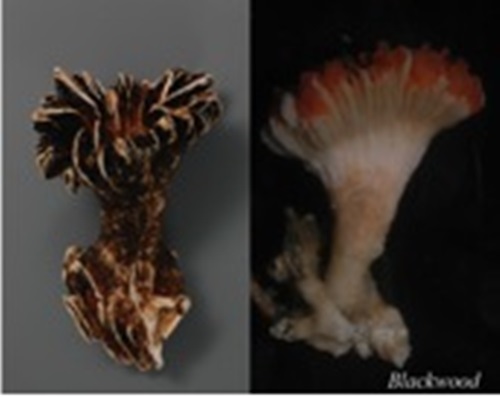
Reconstruction of Deep-Water Temperatures in the Drake Passage Over the Last Glacial Cycle
Despite its crucial role in modulating global climate, rates and amplitudes of environmental changes in the Southern Ocean are often difficult to constrain. In particular, our knowledge about the deep water temperatures in the Southern Ocean during the last glacial cycle is extremely limited. In this study, we aim to produce high resolution, precise and accurate records of deep water temperatures in the Southern Ocean over the last glacial cycle, by applying carbonate clumped isotope thermometer to deep-sea corals from the Drake Passage (Spooner et al. 2016). Supported by NSF Antarctic Research program.
Collaborators:
- Laura Robinson, University of Bristol
- Peter Spooner, University of Bristol
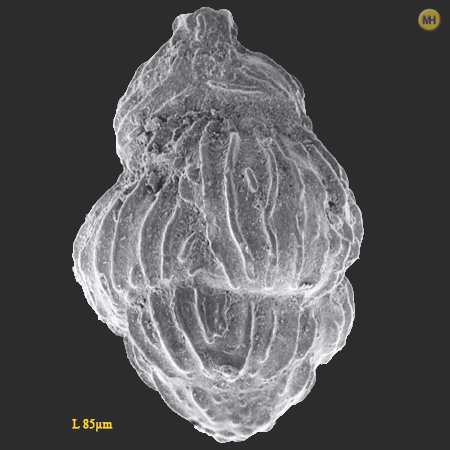
Clumped Isotope Thermometry in Benthic Foraminifera
Large uncertainty exists in the current calibration of the carbonate clumped isotope thermometer in benthic foraminifera, especially at the low end of the temperature range. This constitutes a fundamental issue in the carbonate clumped isotope thermometry and hampers paleotemperature reconstructions based on the clumped isotope compositions of benthic foraminifera. This study seeks to systematically calibrate clumped isotope thermometer in benthic foraminifera below 10oC, and apply it to reconstructing the bottom water temperatures in north Atlantic and equatorial Pacific during the last glacial maximum and deglaciation (Thornalley et al. 2015).
Collaborators:
- Lloyd Keigwin, Woods Hole Oceanographic Institution
- Delia Oppo, Woods Hole Oceanographic Institution
- David Thornalley, University College London
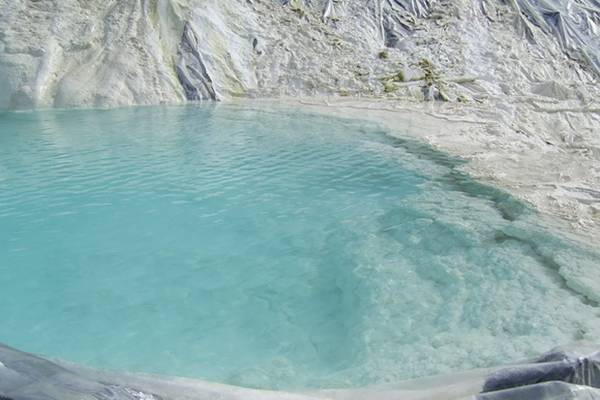
Clumped Isotope Disequilibrium During Rapid CO2 Uptake and Carbonate Precipitation
The carbonate clumped isotope paleo-thermometer has been calibrated for a variety of natural and synthetic carbonates, yielding a Δ47-temperature relationship similar to that predicted from theory. However, disequilibrium clumped isotopic signatures may arise in a number circumstances and have been reported. In this study, we examine kinetic enrichments in Δ47 in carbonate precipitated in hyperalkaline springs in Oman. We also conduct series of carbonate precipitation experiments in the laboratory under controlled conditions, in order to better interpret covariant enrichments in Δ47 and depletions in δ18O and δ13C observed in these carbonates and carbonates formed in similar environments (Falk et al. 2016). Supported by WHOI Postdoctoral Scholarship program.
Collaborators:
- Peter Kelemen, Columbia University
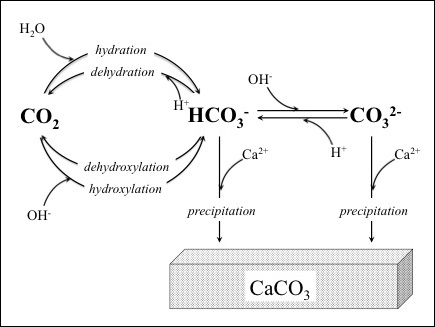
Clumped Isotope Systematics of Dissolved Inorganic Carbon
Application of the ‘clumped isotope’ thermometer in biogenic carbonates yields invaluable information regarding paleotemperatures. Most biogenic carbonates analyzed so far appear to be free of clumped isotope vital effects, except for some surface corals. This contrasts against ubiquitous oxygen isotope vital effects in biogenic carbonates, and potentially constitutes another advantage of clumped isotope thermometer. To better understand the incorporation of clumped isotope signals in biogenic carbonates, we place new experimental and theoretical constraints on equilibrium and kinetic clumped isotope fractionations among different dissolved inorganic carbon (DIC) species (Eiler et al. 2014; Guo et al. 2012; Guo 2008). Supported by NSF Geobiology and Low Temperature Geochemistry program.
Collaborators:
- Sang-Tae Kim, McMaster University
- Benjamin Passey, Johns Hopkins University
- Zhaohui Wang, Woods Hole Oceanographic Institution
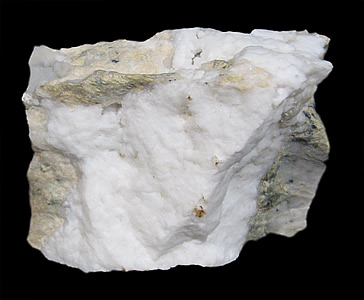
Magnesite Clumped Isotope Thermometer
Magnesite, an abundant Mg-carbonate mineral, has been observed in a broad variety of geologic settings including, but not limited to, marine platform sediments undergoing diagenesis, carbonate-altered mantle rocks, high-pressure supra-subduction zone mélanges, and even extraterrestrial bodies such as Mars and Ceres. The presence of magnesite in these rocks has the potential to provide critical information for understanding the geologic history of the entire mineral assemblage and the implications of a broad range of geologic processes. In this project, we aim to calibrate the magnesite clumped isotope thermometer by analyzing both lab-synthesized and natural magnesites. Supported by WHOI Interdisciplinary Research program.
Collaborators:
- Frieder Klein (PI), Woods Hole Oceanographic Institution
- Jeff Seewald, Woods Hole Oceanographic Institution
